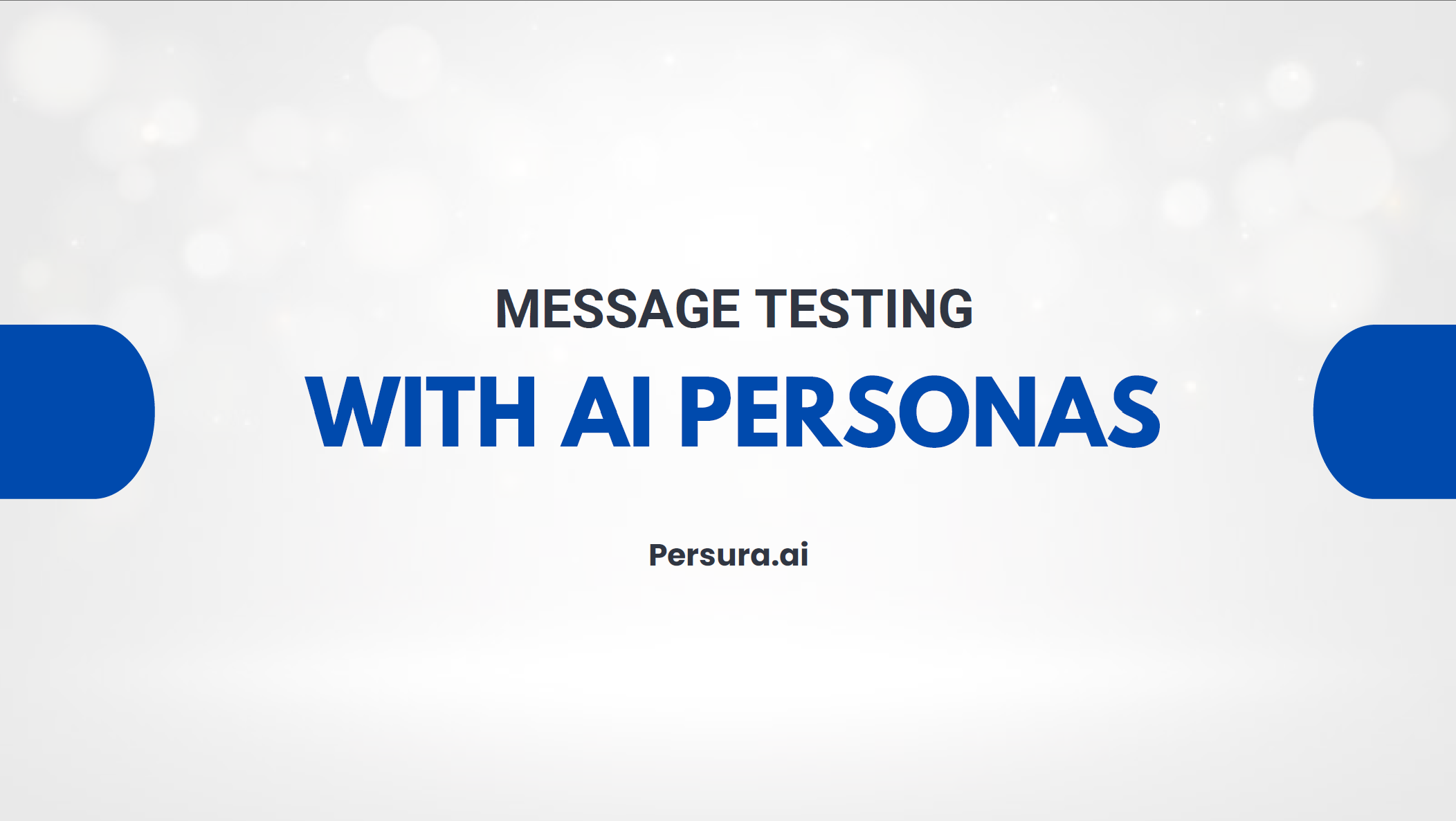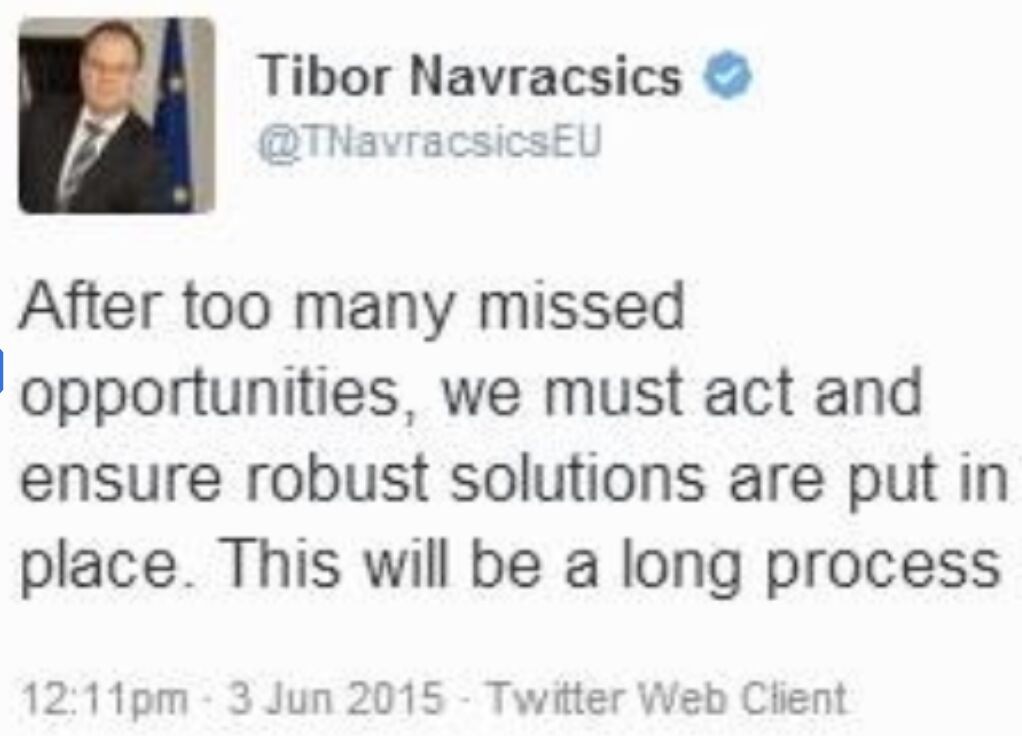Building Bridges: The Art of Coalition-Building in EU Advocacy Efforts


In the bustling corridors of Brussels, where EU policymakers shape the future of Europe, the ability to wield influence is often measured not by individual prowess but by the strength of alliances. In this intricate web of politics and policy, coalition-building emerges as an art form—an essential strategy for advancing shared interests and effecting meaningful change.
At its core, coalition-building involves strategically aligning diverse stakeholders around common goals and objectives. In a landscape characterized by competing interests and complex decision-making processes, coalitions serve as powerful vehicles for amplifying voices and driving collective action.
Successful coalition-building begins with a thorough understanding of shared interests and objectives. Whether advocating for environmental sustainability, digital innovation, or social justice, one must find common ground among stakeholders. Then, through careful analysis and dialogue, potential allies can identify overlapping priorities and opportunities to work together.
The world of EU policymaking is a labyrinth for the uninitiated, and knowing your audience is key. Effective coalition-building requires a nuanced understanding of the stakeholders and decision-makers who hold sway over policy outcomes. By mapping out the influence landscape and identifying key actors, advocates can tailor their strategies to effectively engage with the right stakeholders at the right time.
The currency of effective coalition-building is TRUST. In the most diverse of the ecosystems of interests and agendas, forging genuine relationships with potential allies is essential. Advocates can only lay the groundwork for enduring partnerships built on trust and mutual respect by demonstrating reliability, transparency,and a commitment to shared goals.
Once the foundations of trust and shared purpose are established, it's time to craft a coordinated advocacy strategy. This involves aligning messaging, activities, and resources to maximize impact and amplify the coalition's collective voice. From joint statements and media campaigns to targeted outreach and lobbying efforts, a unified approach enhances the coalition's visibility and influence.
One of the greatest strengths of coalition-building lies in its ability to leverage collective resources and expertise. By pooling together diverse perspectives, skills, and networks, coalitions can amplify their impact and achieve outcomes that would be unattainable through individual efforts alone. Whether through shared funding, strategic partnerships, or collaborative research initiatives, harnessing collective power is a cornerstone of effective advocacy in Brussels.
Of course, coalition-building is not without challenges. Divergent interests, competing priorities, and interpersonal conflicts can all threaten the cohesion of a coalition. However, by fostering open communication, resolving conflicts constructively, and maintaining a focus on shared goals, advocates can navigate these obstacles and strengthen collaboration.
Across Brussels, countless examples illustrate the power of coalition-building to engage with the right stakeholders at the right time and effectively drive change. From successful campaigns to combat climate change to grassroots initiatives advocating for human rights, the impact of collective action is evident. By studying these case studies and distilling key lessons, advocates can glean insights and best practices to inform their own efforts.
In the complex landscape of EU advocacy, coalition-building stands out as a potent strategy for driving change and shaping policy. By fostering collaboration, building trust, and leveraging collective resources, advocates can amplify their impact in Brussels and beyond. As we navigate the challenges and opportunities of an ever-changing world, the art of building bridges will remain an indispensable tool for effecting meaningful change in the European Union.













